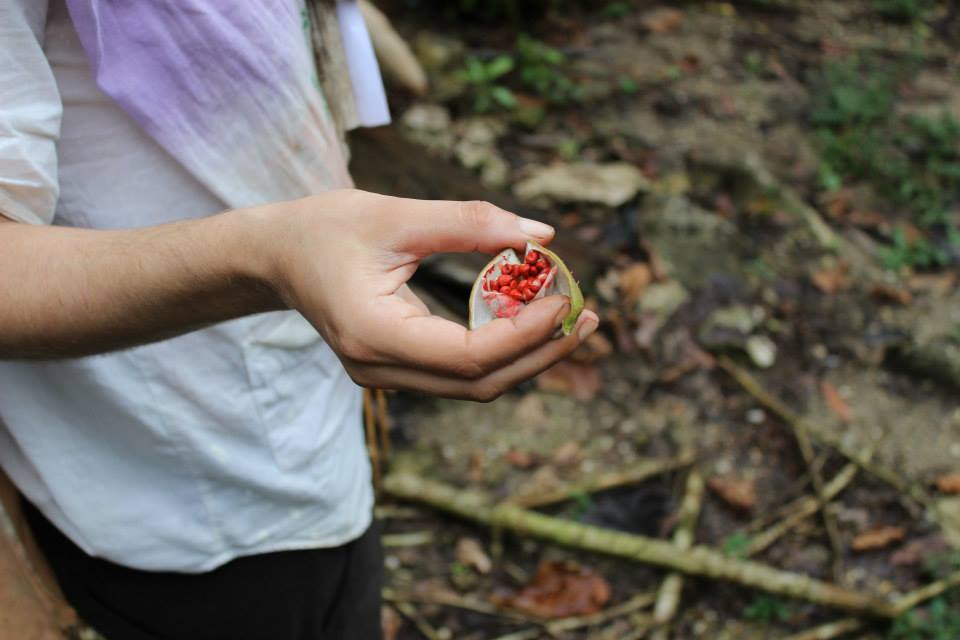Selected medicines of the jungle for common ailments
It is not an easy task to pick only a few medicinal plants between the many here in the biosphere of Costa Rica. The knowledge of jungle remedies is very strong in rural areas, and even botanists are puzzled by new species discovered every year. There are some versatile ethnobotanicals I love, I use and I am more familiar with in my practice. These plants are very versatile, as they don’t serve only one purpose; they may be food, and medicine too. Some of my favourite species are also used as a sacrament or connected to rituals. When planning a new medicinal garden I always want to include them. You’ll see why.
Here is a list of 7 of them:
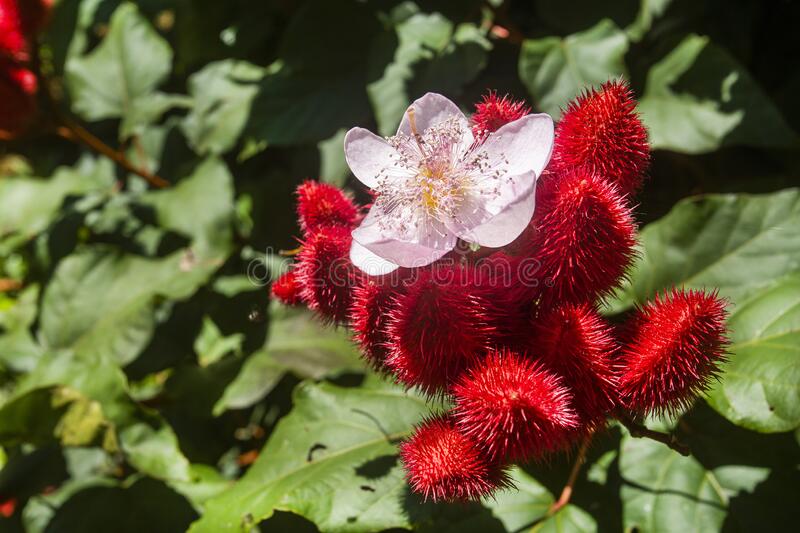
ACHIOTE (Bixa orellana)
Seeds are especially used: as condiment and food dye, as a lipstick or a sunscreen lotion, more often for ritual painting. Seeds are anti-inflammatory, anti-parasitic, analgesic and emollient. Leaves and seeds together are used to treat fever, dysentery, viral infections, headache, scabies, dermatitis, burns and skin irritation.
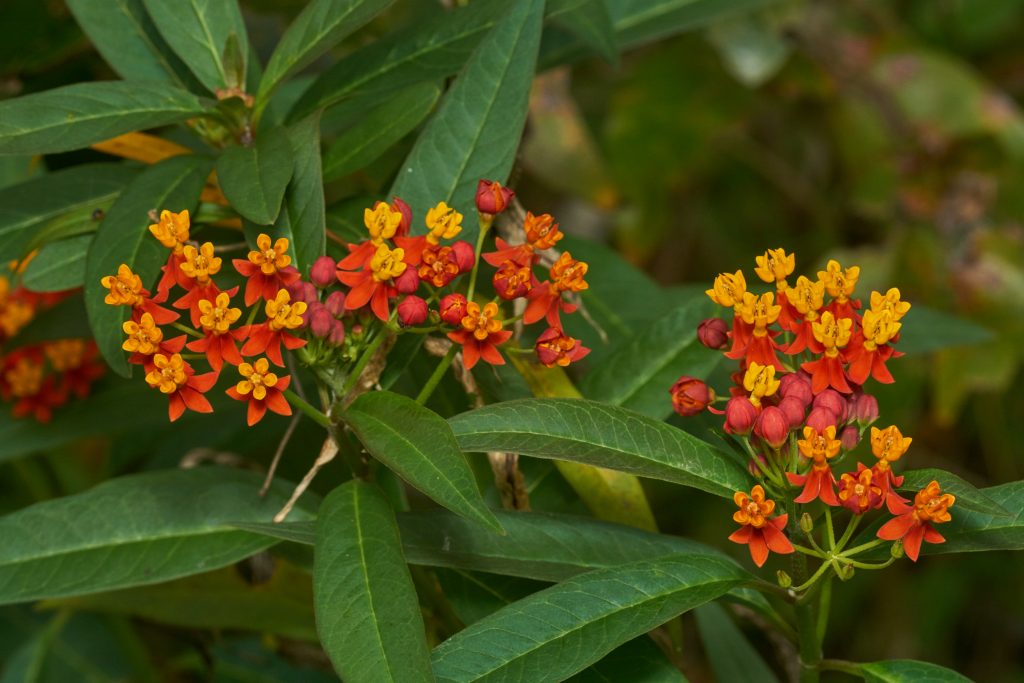
VIBORANA (Asclepias curassavica)
The latex and the leaves are used used for toothache, earache, warts, snakebites and intestinal parasites. Internally it serves as an emetic, a strong depurative, and emeto–cathartic. The roots are used to stop bleeding. High quantities are toxic, it should be dosed carefully.
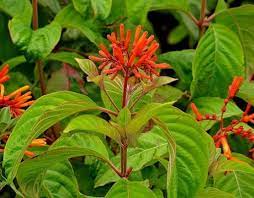
CORALILLO (Hamelia patens)
Leaves are commonly used as anti-hemorrhagic, antiseptic and to promote wound healing. Also used for itchy skin, migraine and menstrual cramps. The boiled root is used for expelling kidney stones and to treat rheumatism.
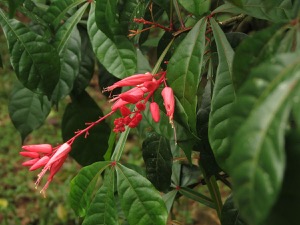
HOMBRE GRANDE (Quassia amara)
Traditionally known for its bitter properties and its qualities as a tonic by indigenous populations in South America. A decoction of the wood serves to stimulate the appetite and to treat diarrhea. It is considered to be effective in treating
fever, and liver and kidney stones, as well as in treating the digestive system.
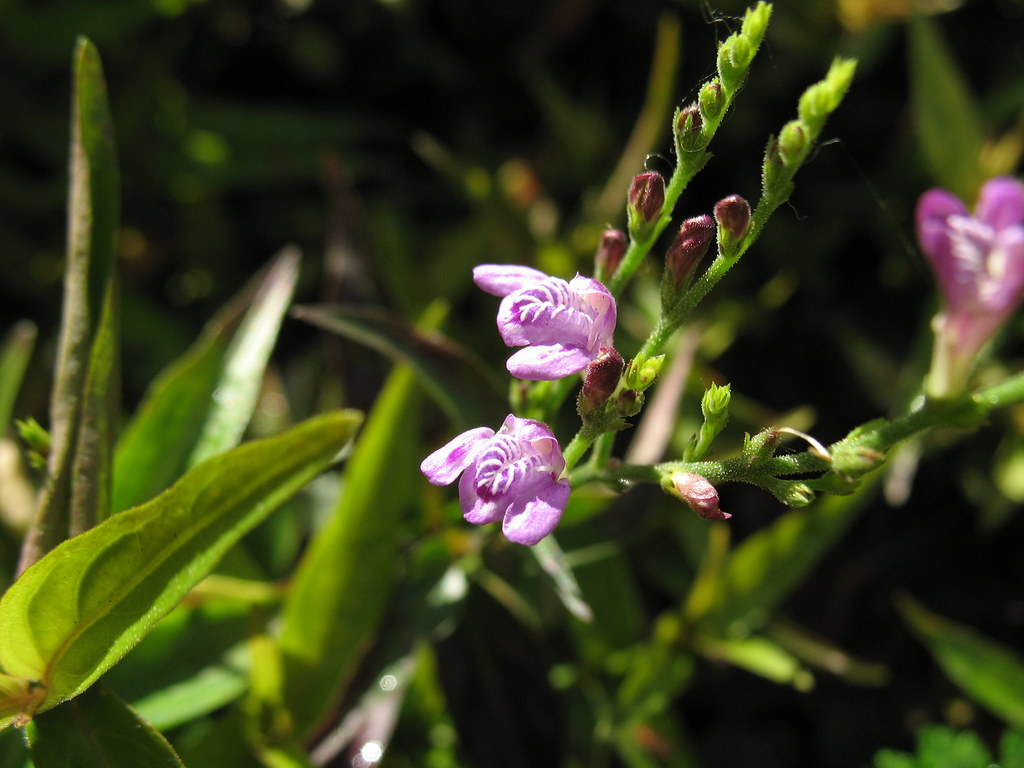
TILO (Justicia pectoralis)
In the Caribe the fresh plant has been used for many years to treat nervous conditions. Also used ritualistically, the plant can be useful in the treatment of shock, anxiety, and stress. Commonly a decoction of shoots of Tilo is taken orally as a sedative and to treat chest congestion, colds, and coughing. The flowers are used
to treat influenza and colds.

ZORILLO (Petiveria alliacea)
Popular in folk medicine as an effective anti-inflammatory and anti-carcinogenic. Used also as an immune booster, anti-piretic, analgesic. Roots and leaves have a strong garlic odour and have excellent anti-oxidant properties. Often used as a ritualistic plant for inducing meaningful dreams and increasing past memories.

ARNICA DE MONTAÑA (Chaptalia nutans)
Like Arnica montana found in Europe, it is recommended for bruises, sprained and
torn muscles and tendons. The leaf and the root are used to treat ulcers. It is also used by Guaymi Indians in Costa Rica and Panama, to control intestinal worms. The boiled leaves are concentrated into a liquid for facilitating sleep. Both internally and topically the plant has no toxicity.
Some great books to start with:
L., and L. J. Poveda. 1975. Arboles de Costa Rica: Vol.1. San José, Costa Rica: Centro Científico Tropical
Pittier, H. 1978. Plantas usuales de Costa Rica. 2nd ed. San José, Costa Rica: Editorial Costa Rica
Zuchowski, W. 2005. A guide to tropical plants of Costa Rica. Miami, Florida: Zona Tropical Publications

